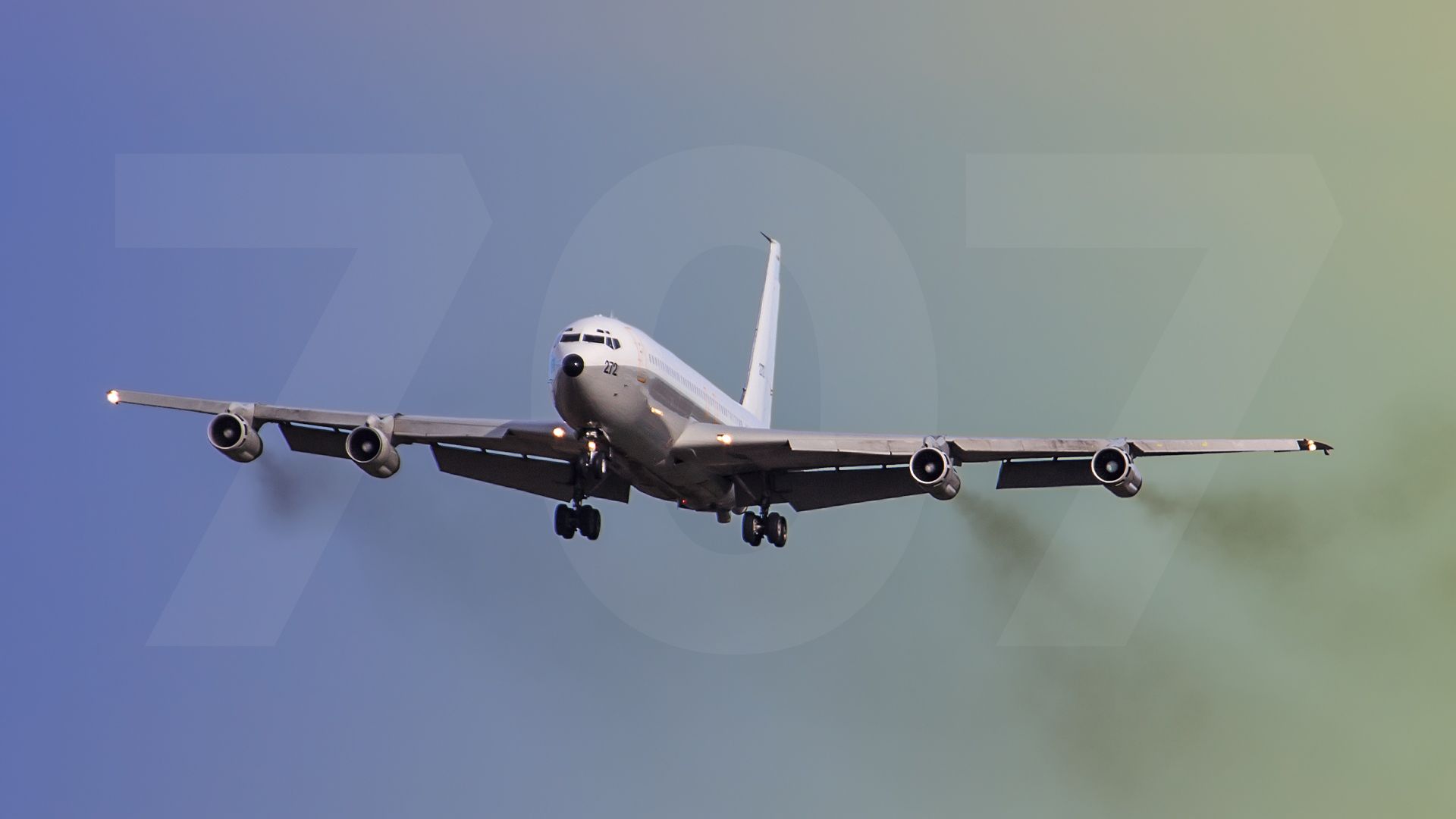Boeing, a leading name in commercial aircraft manufacturing, made a significant mark in aviation history with its introduction of the Boeing 707. This aircraft, which featured a narrowbody design and four engines, set the stage for the modern commercial aviation industry. Since its inception, Boeing has employed nearly 50,000 people globally and generated approximately $33 billion in revenue in 2024.
The Boeing 707, which first took to the skies on December 20, 1957, was the company’s first jet-powered commercial airliner. It was officially certified by the Federal Aviation Administration (FAA) in September 1958 and entered service with Pan American World Airways (Pan Am) on October 26, 1958. This debut flight from Idlewild Airport in New York to Orly Airport in Paris marked a pivotal moment in air travel, significantly reducing flight times compared to older piston-engine aircraft.
Why Four Engines Were Essential for the Boeing 707
The decision to equip the Boeing 707 with four engines was driven by the technological limitations of the 1950s. At that time, jet engines were not as advanced, and none could produce sufficient thrust for large aircraft on their own. Using four engines ensured the necessary performance for long-distance travel and improved safety.
In the 1950s, reliability was a major concern. In-flight engine failures were more common, so having four engines meant that if one failed, the aircraft could still operate safely with the remaining three. This was particularly important for international flights, which often traversed vast, remote areas. Regulatory standards further influenced this design. Twin-engine aircraft faced restrictions on long-haul flights over oceans until the introduction of extended-range twin-engine operational performance standards (ETOPS). Thus, Boeing’s choice to design the 707 with four engines was both a practical and regulatory necessity.
Development and Legacy of the Boeing 707
Boeing’s journey to the 707 began after World War II, a time when the commercial aviation market was primarily controlled by companies like Douglas Aircraft and Lockheed. Boeing had gained experience in military aircraft during the war, producing notable models such as the B-17 and B-29.
The development of the Boeing 367-80, a prototype jet initially intended for military use, showcased the potential of jet-powered commercial flight. Its specifications were impressive, featuring a length of 127 feet 10 inches and a range of 3,070 nautical miles. The success of this prototype laid the groundwork for the Boeing 707, which offered a larger fuselage and improved passenger capacity.
The Boeing 707’s introduction revolutionized commercial air travel. It provided faster travel times, with the inaugural Pan Am flight covering the distance to Paris in under nine hours, compared to the 14 hours required by previous aircraft. The aircraft’s design included a sleek fuselage and swept wings, allowing for higher cruise speeds and increased efficiency.
Over the years, various models of the Boeing 707 were developed, including the 707-120, 707-320, and the 707-420, each with unique features and specifications. Pan Am remained its largest operator, flying over 130 Boeing 707s throughout its service.
While the last commercial operators phased out the Boeing 707 in the 1980s and early 1990s in favor of more fuel-efficient models, the airframe’s durability ensured its continued use in military and cargo applications. The United States military still employs modified versions of the 707 for various operations, demonstrating the aircraft’s lasting legacy.
In summary, the Boeing 707 not only marked Boeing’s entry into the jet age but also transformed commercial aviation, establishing benchmarks for future aircraft. Its innovative design and performance specifications continue to influence the aviation industry today.
